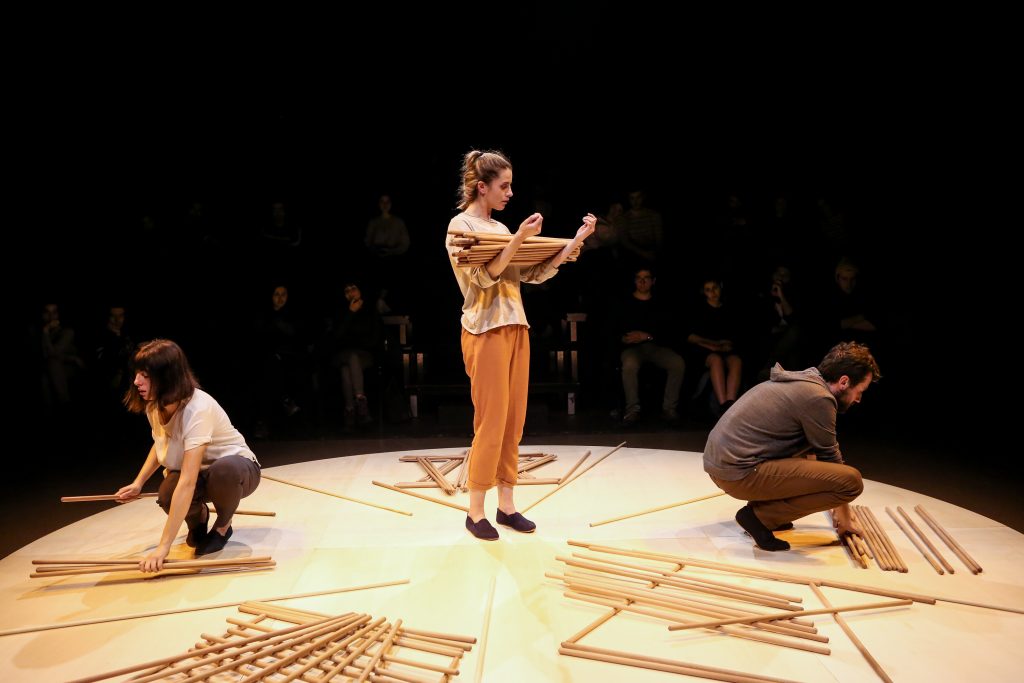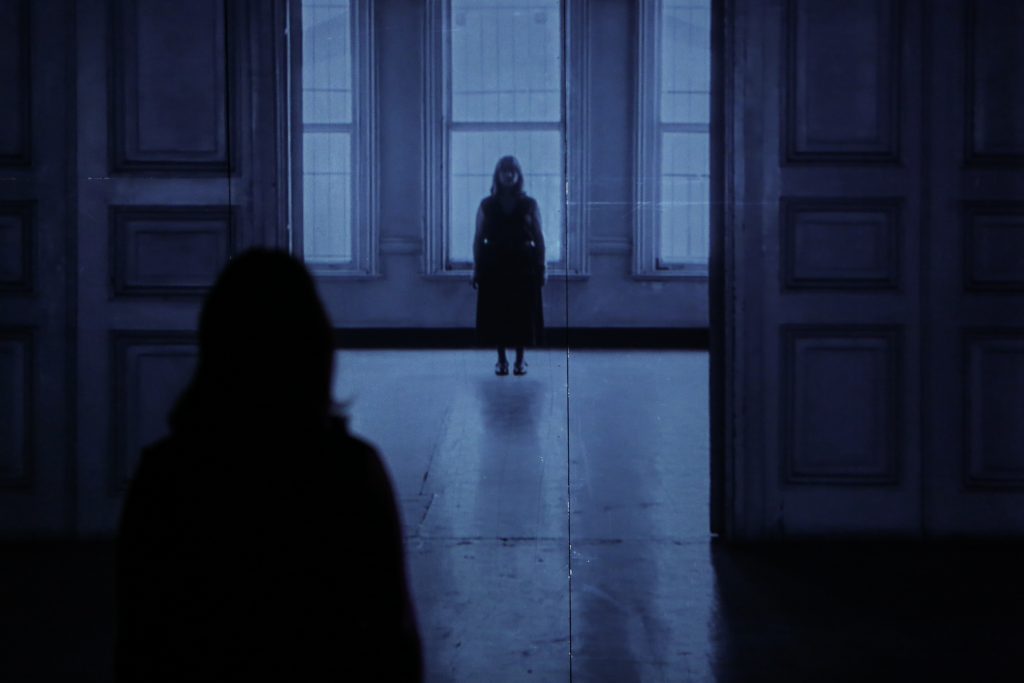Navigating the theater scene in Istanbul is certainly a challenge at times, especially if you need English subtitles. As a New York theater kid, I am accustomed to consistent access to stellar theater productions from virtuosos such as Tennessee Willams, August Wilson, and Terrence McNally, both in intimate small black box hole in the wall stages and in lavish Broadway auditoriums.
Here, I was led to channel my passion for theater through improv performances by the Clap and Speech Bubbles productions. While I have enjoyed exploring it and even performing in it, imagine my delight to learn that IKSV had finally started providing English subtitles for some of their plays in last year’s theater festival.
This year, several shows were offered with subtitles again and I searched the program with delight. I attended four shows, all different. It was a wonderful opportunity not only to witness new works of theater and dance but also to explore new stages, as they were performed in theaters I hadn’t been to yet.
The first show I saw was Gece Sympozyumu, a Turkish translation of Belgian Francophone playwright Eric de Volder’s play, Nocturnal Symposium directed by Mesut Arslan. It was produced on a square fenced in stage with the audience watching from all sides at the Zorlu Sky Lounge. Five actors portrayed an unstable and contentious family rebelling against an absent, but a dictatorial father. The actors used rotating tables and spinning tops to demonstrate the family’s discord and dysfunction. I appreciated the actors’ and stage designers’ dexterity in choreographing the rotating cycles even though I found the script gratuitously disturbing.

The next show I saw was Misafir by Turkish playwright Gülce Uğurlu and directed by Ata Ünal at Moda Sahnesi, based on actual experiences. In the play, a Syrian refugee mother works with a suicidal Turkish woman and her husband to reunite with her family. Switching between Turkish and Arabic, it was a powerful rumination on current issues of migration and the post-traumatic aftermath of war. The three actors conveyed the trauma with authenticity and sincerity, each in distinct and poignant ways.

After that, I saw House of Hundred, a collaboration between playwrights Yeşim Özsoy and Ferdi Çetin and was directed and performed by Yeşim Özsoy at TOY Istanbul. Through a variety of different media, such as dubbing, videography, choreography, and live traditional music by Kıvanç Sarıkuş the history of Istanbul from the Ottoman Empire leading up to the establishment of the Republic of Turkey was conveyed through the perspective of a young girl born in 1919 and living in a mansion that dates back to the Ottoman Empire and was demolished in 1959. As Turkey undergoes a series of political transformations, the dynamics of the girl’s family reflects these changes. Özsoy carried the entire show almost as the sole actor with raw emotion and poetic eloquent language.
![]()
The final show was perhaps the most innovative and awe-inspiring. The dance performance PIXEL directed and choreographed by Mourad Merzouki as a joint production of the Maison des Arts de Créteil and Espace Albert Camus in France was performed at the Turkcell Sahnesi at Zorlu. Elements of hip hop, break dance, and acrobatics were combined in a stellar collaboration of eleven dancers. The stage effects were resplendent and cutting edge, adorning the dancers in cosmic formations, creating an incredible coalescence of urban street culture and sacred geometry.
Throughout history, the theater has been a space of crucial and revolutionary explorations, inspiring audiences around the world to contemplate uncomfortable but salient social issues. The Istanbul Theater Festival was no exception.
All images courtesy of IKSV.









